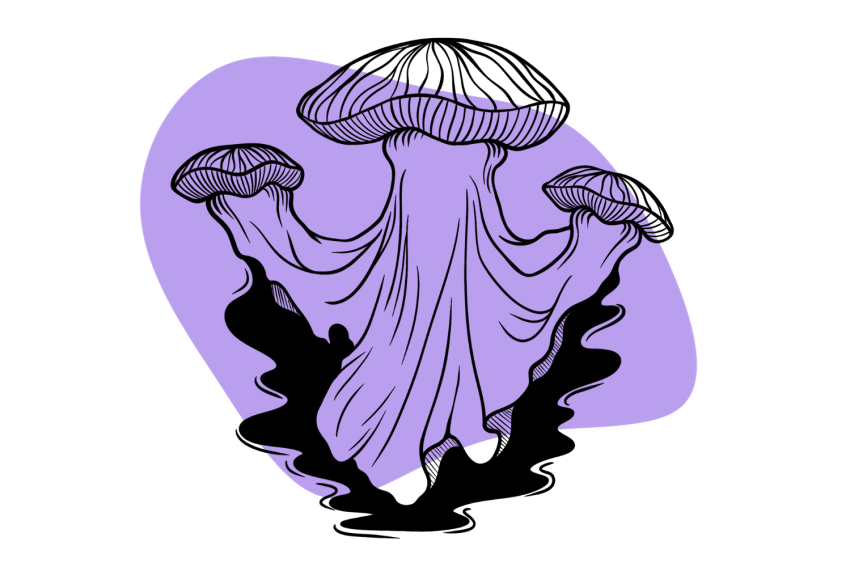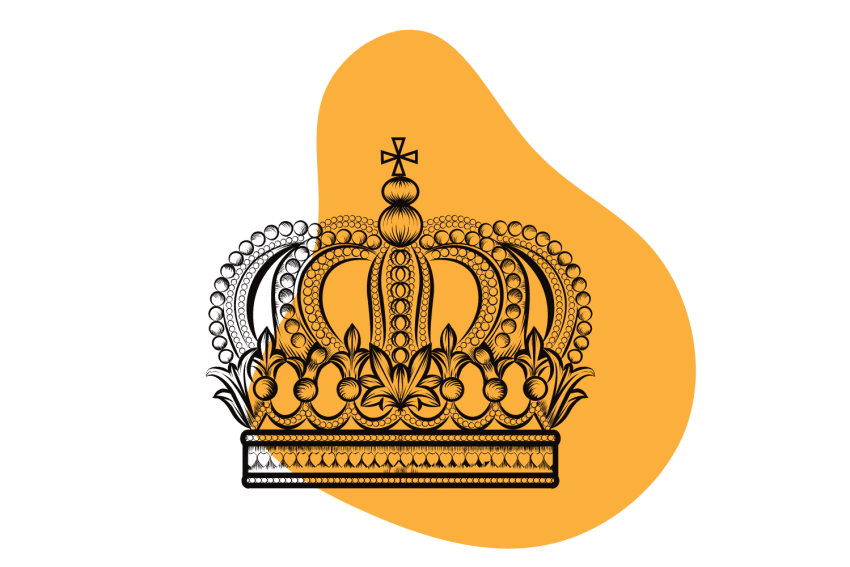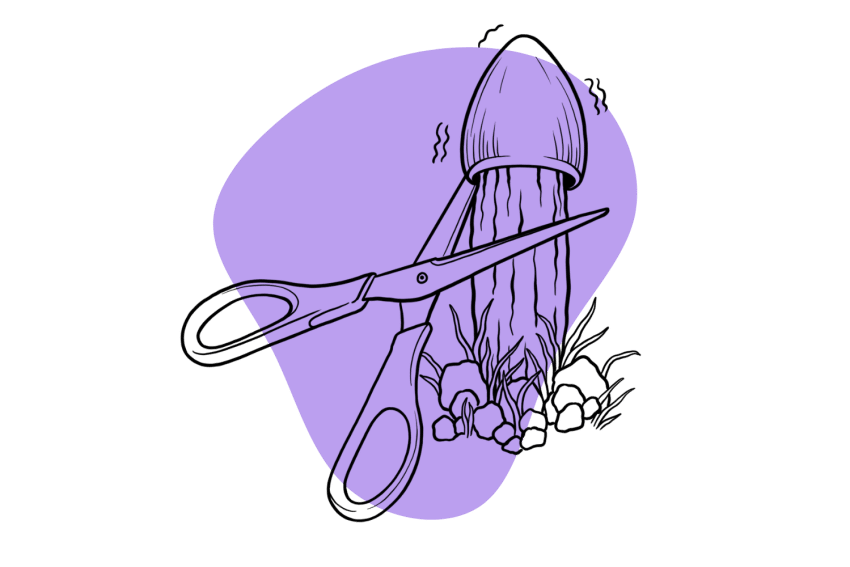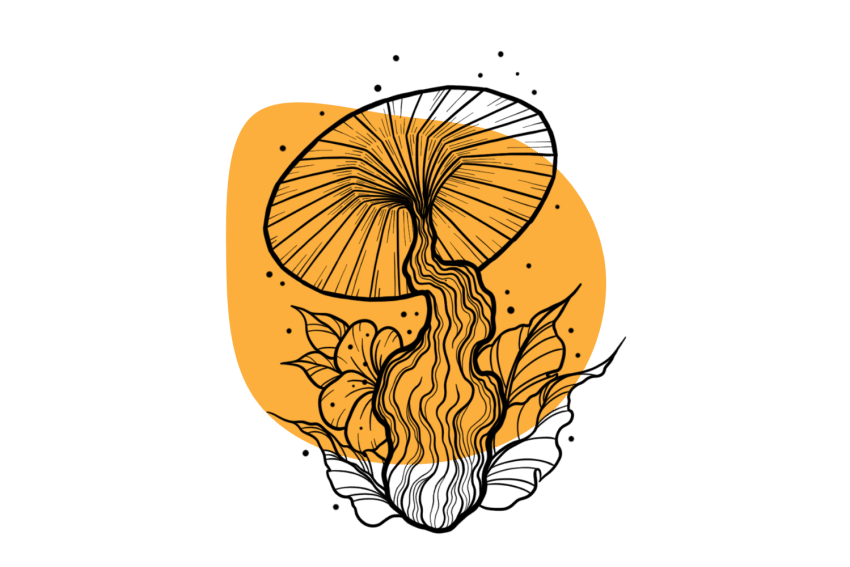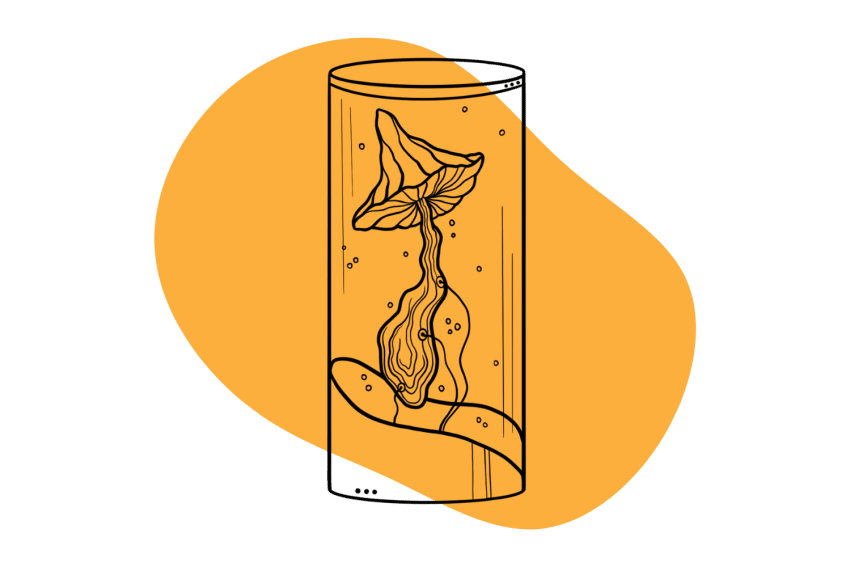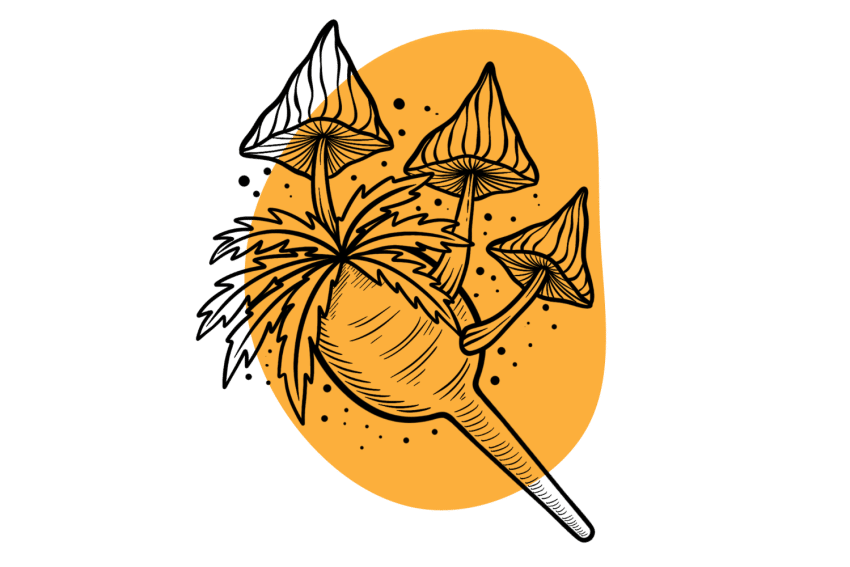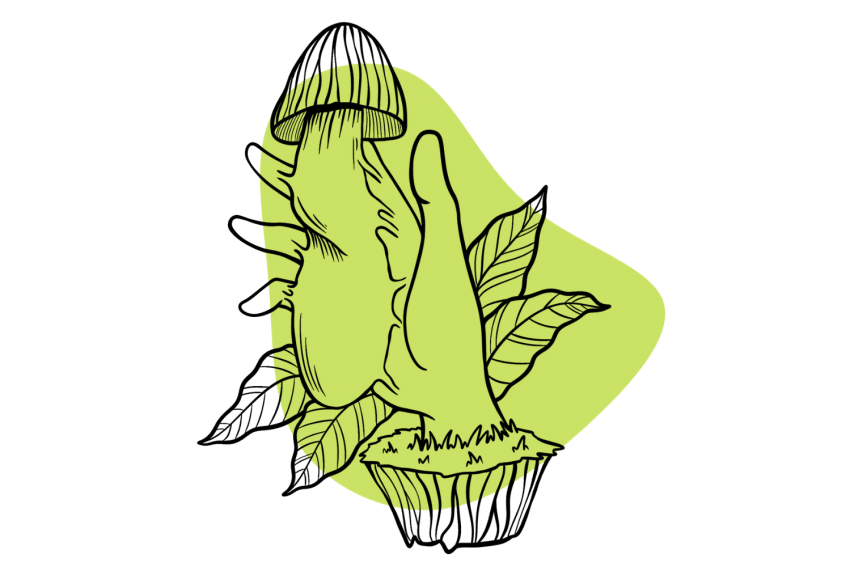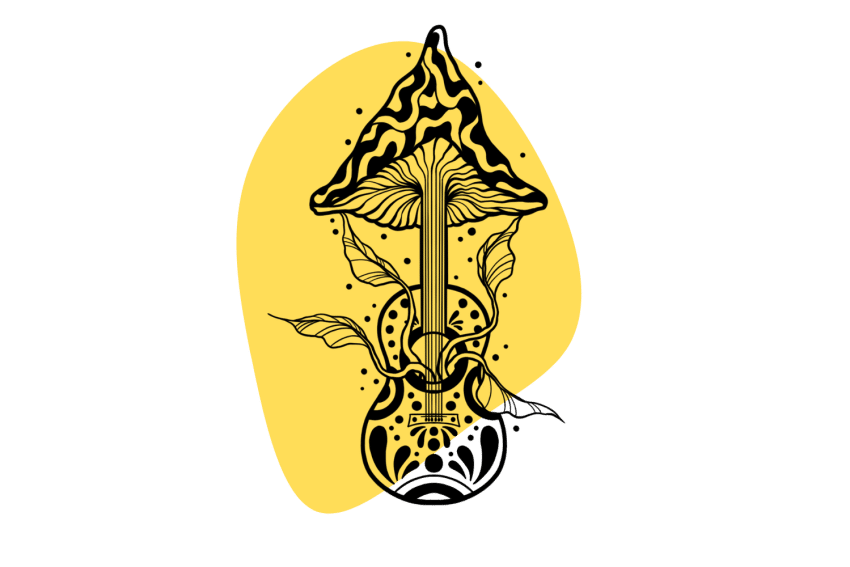Quezon (Philippines) Shrooms: Everything You Need to Know About These Massive Magic Mushrooms
These magical Philipino mushies are sobrang laki for sure. Definitely worth a try.
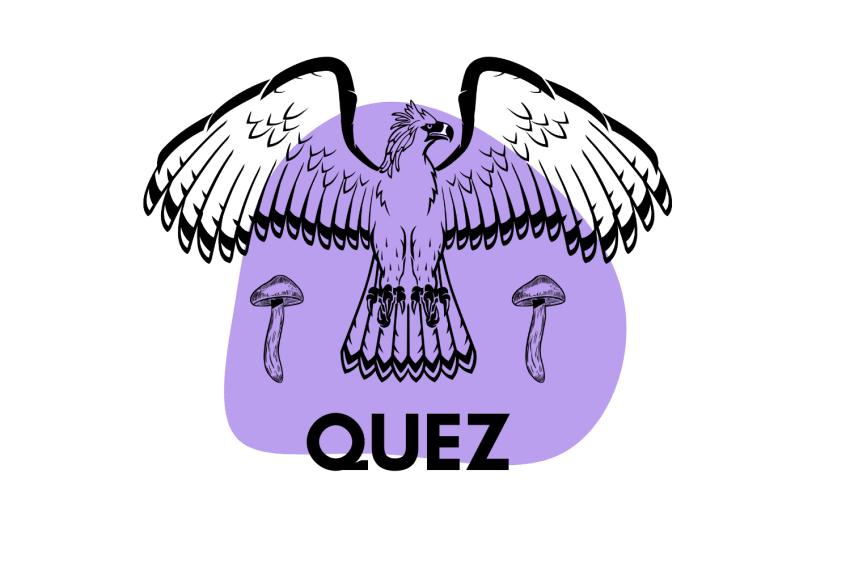
Only a few different psychedelic mushrooms grow naturally in the Philippines, the most common and popular of which belongs to the genus and species Panaeolus cyanescens.
However, some less popular Psilocybe cubensis strains have also been collected from around the Philippines — the most prevalent of which is the Quezon strain.
Little is known about the specific origin of this strain or who to credit for collecting and developing it into what it is today. It was reportedly collected in a garden in Quezon City sometime around 2010.
The Quezon shroom strain is best known for producing large, dense mushrooms with chunky caps. It’s considered a prized mushroom strain by growers because the fruiting bodies can grow to massive sizes, yielding a large harvest and photograph-worth specimens.
Despite its allure, it’s still fairly challenging to get your hands on spores for this strain in the United States and Canada.
Quezon Shroom Specs
| Potency | Average 🍄 |
| Cultivation | Beginner |
| Species | Psilocybe cubensis |
| Substrate Recommendation | Rye Grain or Brown Rice Flour |
| Cost | $ |
| Sold By | Ralphsters Spores, Free Spores, Best Spores |
Potency & Psilocybin Content
There are no specific data available for the potency of this strain, as is the case with many others, and there are no entries for this strain in the Oakland Hyphae Psilocybin Cup to confirm potency.
We can only use trip reports of people who have taken Quezon shrooms to get an idea of how potent they are.
Most users report an average trip with mild visual hallucinations and a deep sense of connection to the world around them. Based on users’ experiences, we estimate that the potency of this mushroom is roughly average, which lands the estimated tryptamine content somewhere between 0.5% and 1% by dried weight.
Variations & Genetic Relatives
Given the overall lack of popularity of the Quezon strain, it should come as no surprise that there aren’t any popular variations that have been isolated thus far. However, there are plenty of strains that come from other regions of Southeast Asia.
An infamous amateur mycologist, John Allen (often referred to as Mushroom John), took a trip to Southeast Asia in the 90s, where he collected spore samples from all the Psilocybe cubensis mushrooms he could find. Many of the samples he gathered on this trip are still circulating on the open market today. Some of his most prominent findings included Ban Hua Thanon, Burma, Chitwan, Thai, Koh Samui, and nearly a dozen others.
The most similar SEA strain to Quezon is the Ban Phang Ka from Thailand or the Amazon strain — collected on the other side of the Pacific ocean.
Where to Buy Quezon Shroom Spores
Unfortunately, Quezon shroom spores are typically difficult to come by. They circulate among enthusiasts and mycologists, but there are few places to buy them commercially.
If you live in the United States, Ralphster’s Spores is your best option, and the spores were in stock as of this writing. You might also have luck with Free Spores and Best Spores.
If you live in Canada, you can try Sporeslab or Spores 101, although the Quezon strain was not in stock last we checked.
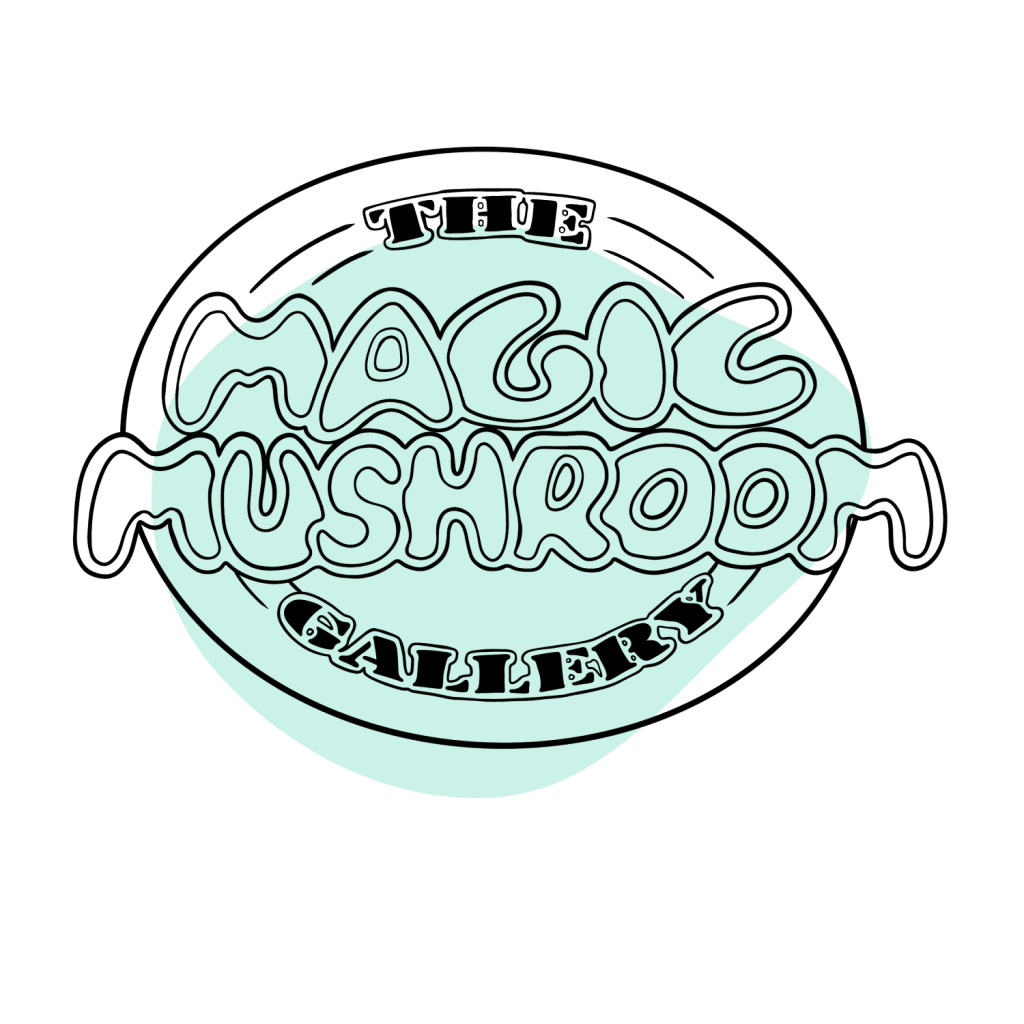
Similarly, the strain doesn’t appear to be available from European commercial spore vendors. You can check The Magic Mushroom Shop or Viking Spore, but you might come up empty-handed at both.
Related: How & Where to Buy Magic Mushroom Spores (Legally).
How to Grow Quezon Shrooms
If the idea of mammoth-sized mushrooms is interesting to you, the Quezon strain is definitely worth your time. The problem is that these large mushrooms are sometimes hard to get. You can get some large mushrooms pretty quickly using the BRF tek method outlined in our beginner’s guide to growing magic mushrooms — but to really get the full potential of these giants, you’ll need to use rye grain or manure and a proper casing tray.
Give these zoomies plenty of water (but not saturated) and lots of clean airflow. Be patient with them and avoid harvesting as soon as the veil breaks. These suckers will continue to grow rapidly for a full day or more after the veil breaks.
Best Alternative Strains: Other Large Mushroom Producers
Since most users and cultivators will likely have difficulty finding spores for this strain, some might want to try similar, more readily available strains. We’ll offer some good Quezon alternatives below.
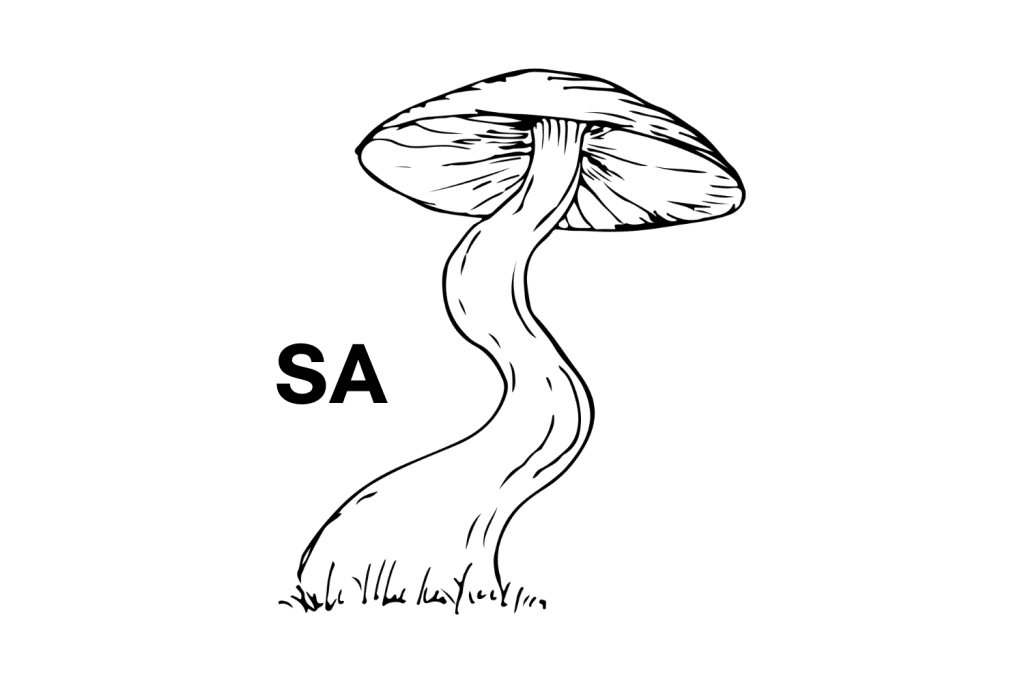
South American Shrooms
The South American strain hails from Venezuela and has a higher potency than the Quezon strain. However, like the Quezon shrooms, South Americans will grow to massive sizes and produce photo-worthy fruiting bodies. In fact, this strain holds the record for the largest Psilocybe cubensis strain ever grown.
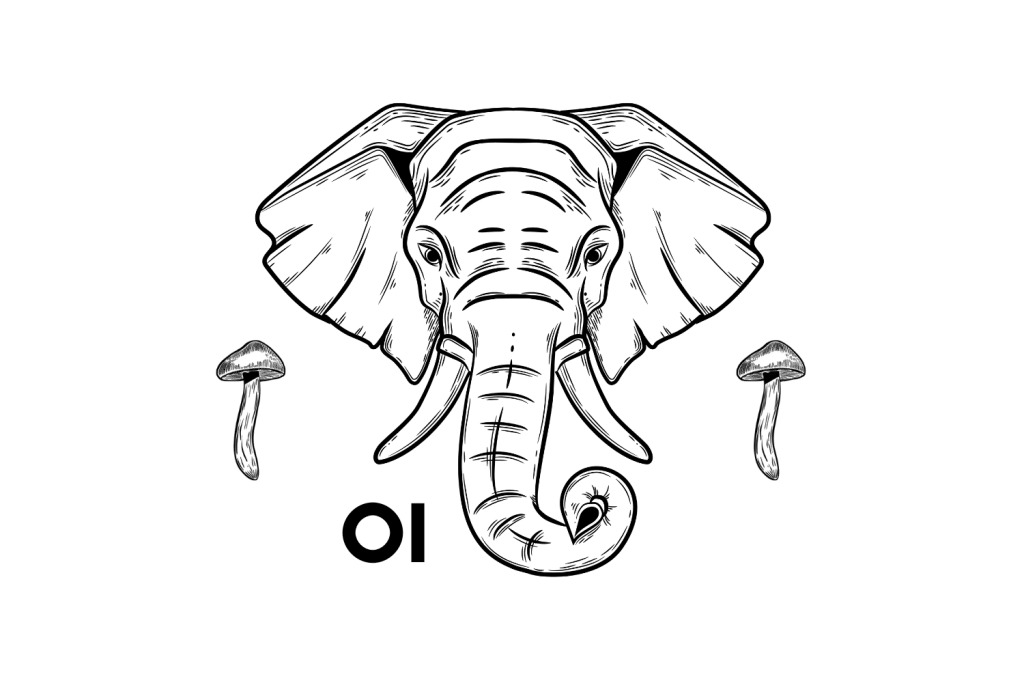
Orissa India Shrooms
The Orissa India strain is also well-known for producing large mushroom samples. This strain held the record for the largest cubensis strain until a South American took the record. This strain also has a higher potency than the Quezon strain.
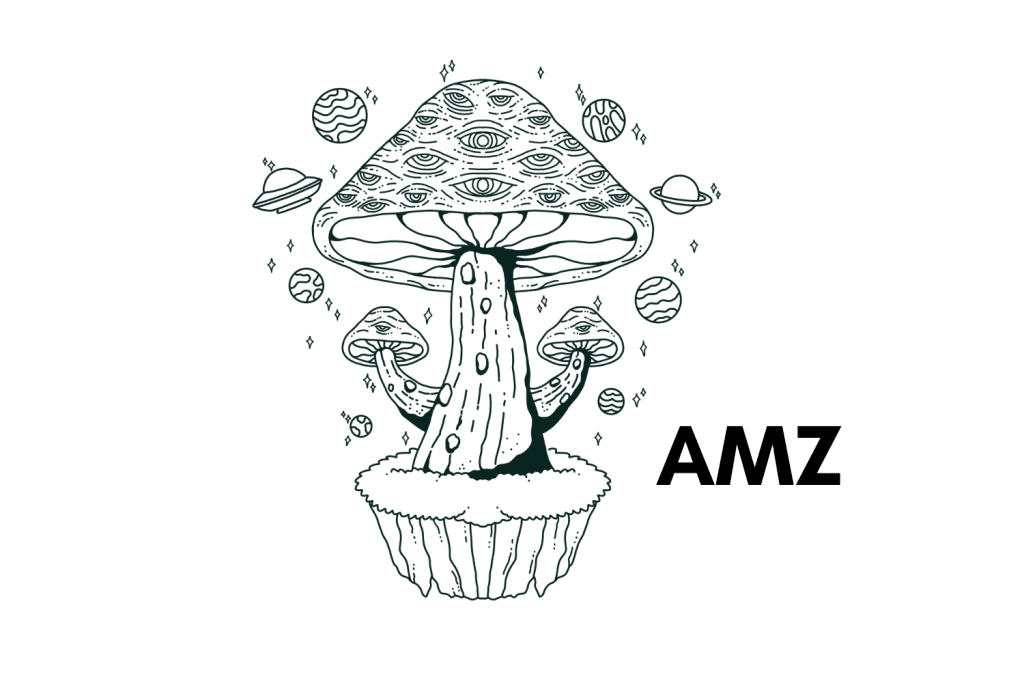
Amazon Shrooms
The Amazon strain — also called the PESA strain or the Pacifica Exotica Spora Amazon strain — is another that produces massive fruiting bodies, making it a popular choice for cultivators. This strain has a higher potency than Quezons and tends to be a little easier to coax larger fruits from, even under less-than-ideal conditions.
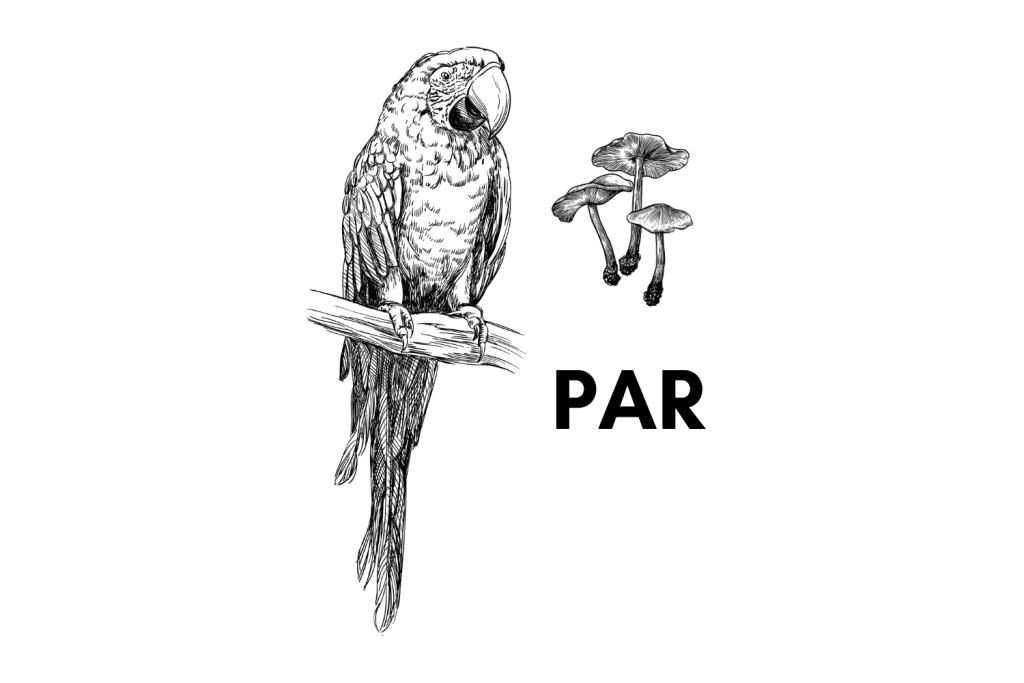
Paraguay Shrooms
Finally, Paraguay shrooms have a lot in common with the Amazon strain. Although the fruiting bodies are slightly smaller than those of the Amazon strain, they’re still larger than average. This strain can also be challenging to come by, but it’s more widely available than the Quezon strain.
Strains vs. Species: What’s The Difference?
The term “species” refers to a scientific classification of mushrooms with identical genetics. Different species can look different and have different potencies and growing habits, and these differences are often attributed to the species’ genetics.
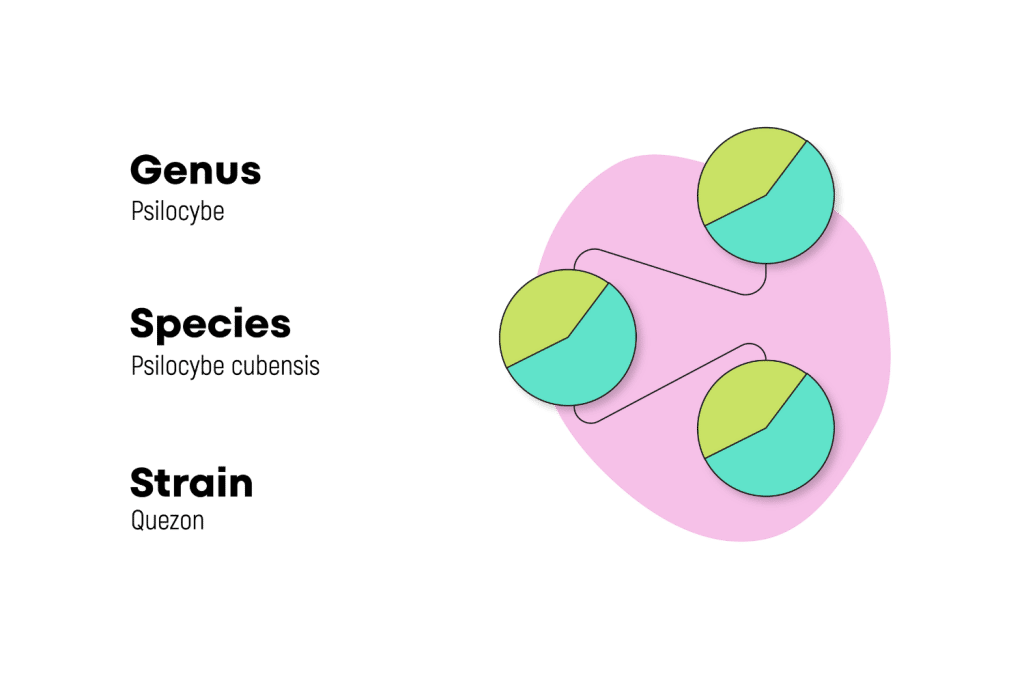
The term “strain” refers to genetic samples within a species that produce different traits or characteristics. The variances between strains can include anything from appearance (colors stem or cap sizes, etc.) to potency and chemical makeup.
The strain terminology is used to differentiate between genetic samples of plants that humans use for recreational and medicinal purposes. For example, the cannabis strains Northern Lights, Girl Scout Cookies, and Purple Haze all look different, grow differently, and have varying levels of THC and CBD. Yet, they all belong to the Cannabis sativa genus and species.
Final Thoughts: Quezon (Philippines) Shrooms
The Quezon magic mushroom strain was originally collected in a garden in Quezon City in the Philippines. Although it’s not a terribly popular strain, it’s well-known throughout the magic mushroom cultivating community for its massive fruiting bodies that continue to grow even after maturity.
The Quezon strain has an average potency and tends to produce mild visual hallucinations when consumed. It’s believed to be related to several other strains of Psilocybe cubensis that grow naturally in Southeast Asia, although most others from the area have a higher potency.
If you can’t get your hands on any Quezon strain spores but like the idea of plucking gargantuan mushies — check out alternatives like the South American strain, Orissa India, Amazon, or Paraguay instead.

